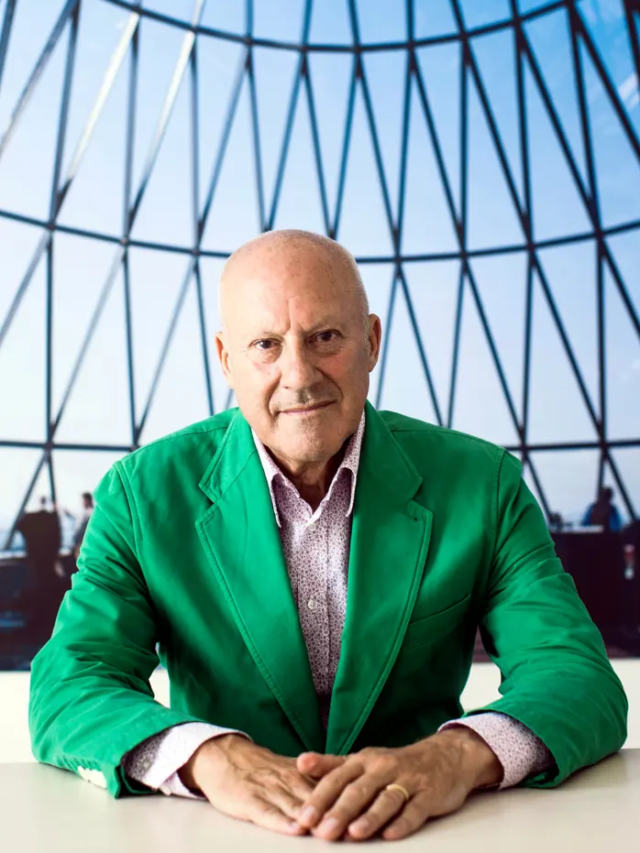Born on June 1, 1935, Norman Robert Foster, Baron Foster of Thames Bank, is a well-known British architect and designer. Foster, who is well-known for his contributions to high-tech architecture, has had a lasting impact on British modernist architecture. Since its founding in 1967, his architectural practice, Foster + Partners, has expanded to become the biggest in the UK and has a global presence. Beyond his talent for design, Foster has a wider impact as the president of the Norman Foster Foundation, an organisation that supports multidisciplinary research and thinking among the next generation of urbanists, architects, and designers.
Foster was born in Reddish, close to Stockport, and experienced hardships in his early years. Foster’s interest in engineering and design was sparked by his father’s job as a machine painter. He was raised by diligent parents in Levenshulme, which is close to Manchester. Foster followed a career in design despite being bullied at school and first working at a variety of jobs, including a time in the Royal Air Force. In 1956, he enrolled in the University of Manchester’s School of Architecture and City Planning, marking the official start of his architectural career.

Foster co-founded Team 4, an architectural practice that later became Foster Associates, in the 1960s, which marked a pivotal moment in his career. Foster’s influential partnerships with American architect Richard Buckminster Fuller began in the 1970s. Their collaborative efforts, including the Samuel Beckett Theatre at St. Peter’s College in Oxford, helped to establish the first ecologically conscious design methodology.
The Willis Faber & Dumas headquarters in Ipswich (1974), which included open-plan office spaces and recreational facilities—a revolutionary concept at the time—was one of Foster’s ground-breaking buildings. Foster became well-known in the 1980s for creating famous office buildings, such as Hong Kong’s HSBC Main Building, which is renowned for its openness and stunning views.

Foster’s inventiveness was showcased in the 1990s with projects such as the London Millennium Tower, which was eventually superseded by “the Gherkin” (30 St Mary Axe). In 1999, his company changed its name to Foster + Partners to better represent its growing size and stature. Foster’s architectural style changed from high-tech elements to a more contemporary look, which was seen in projects like the 2004 construction of the world’s highest bridge, the Millau Viaduct in Southern France.
Norman Foster Buildings
Following are some of the most prominent Norman Foster works:
1. Torre Bankia
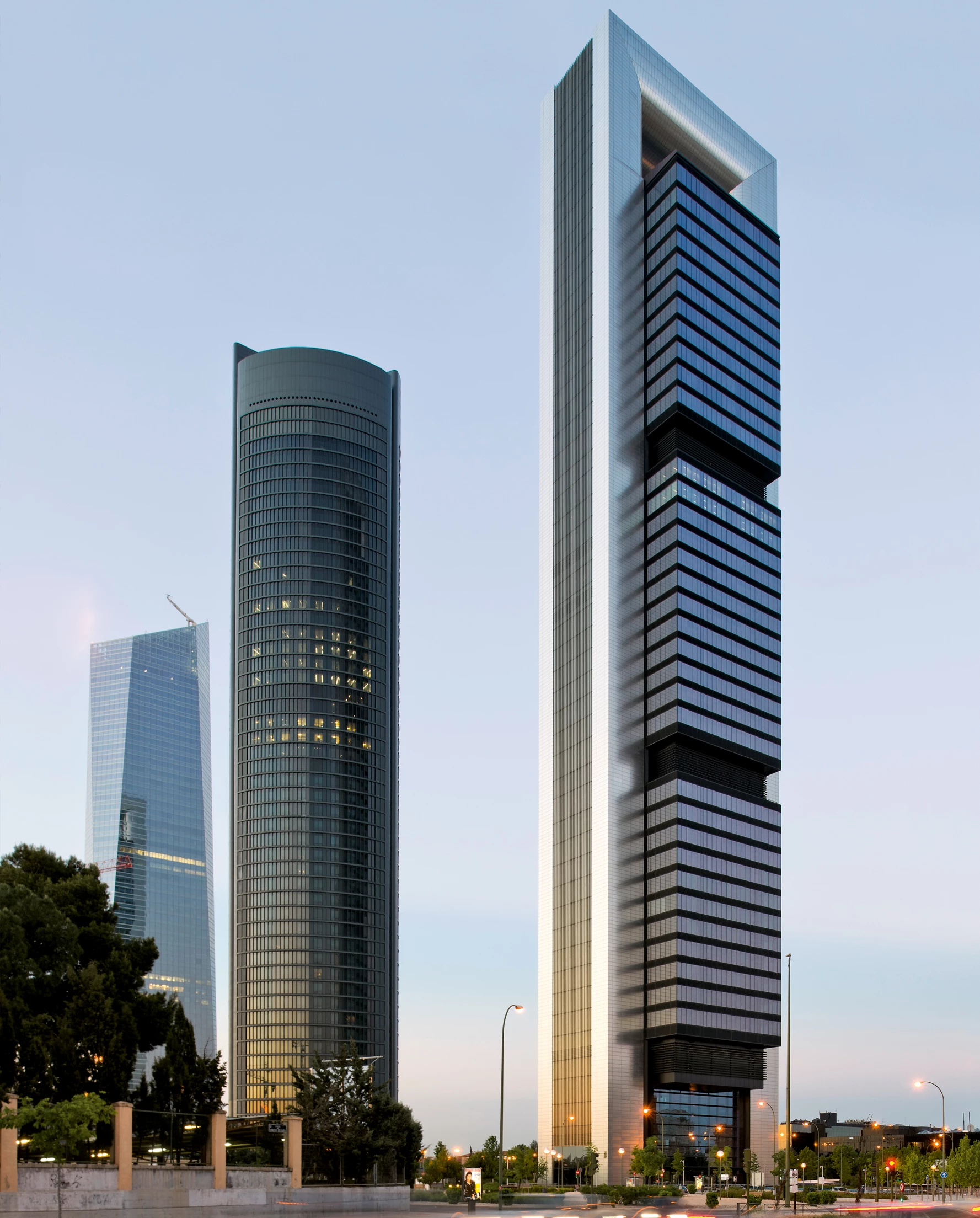
The Torre Cepsa, formerly Torre Bankia, is a Madrid skyscraper in the Cuatro Torres Business Area. Standing at 248.3 m with 45 floors, it’s the second tallest in the complex and Spain’s second tallest.
2. 30 St Mary Axe (The Gherkin)
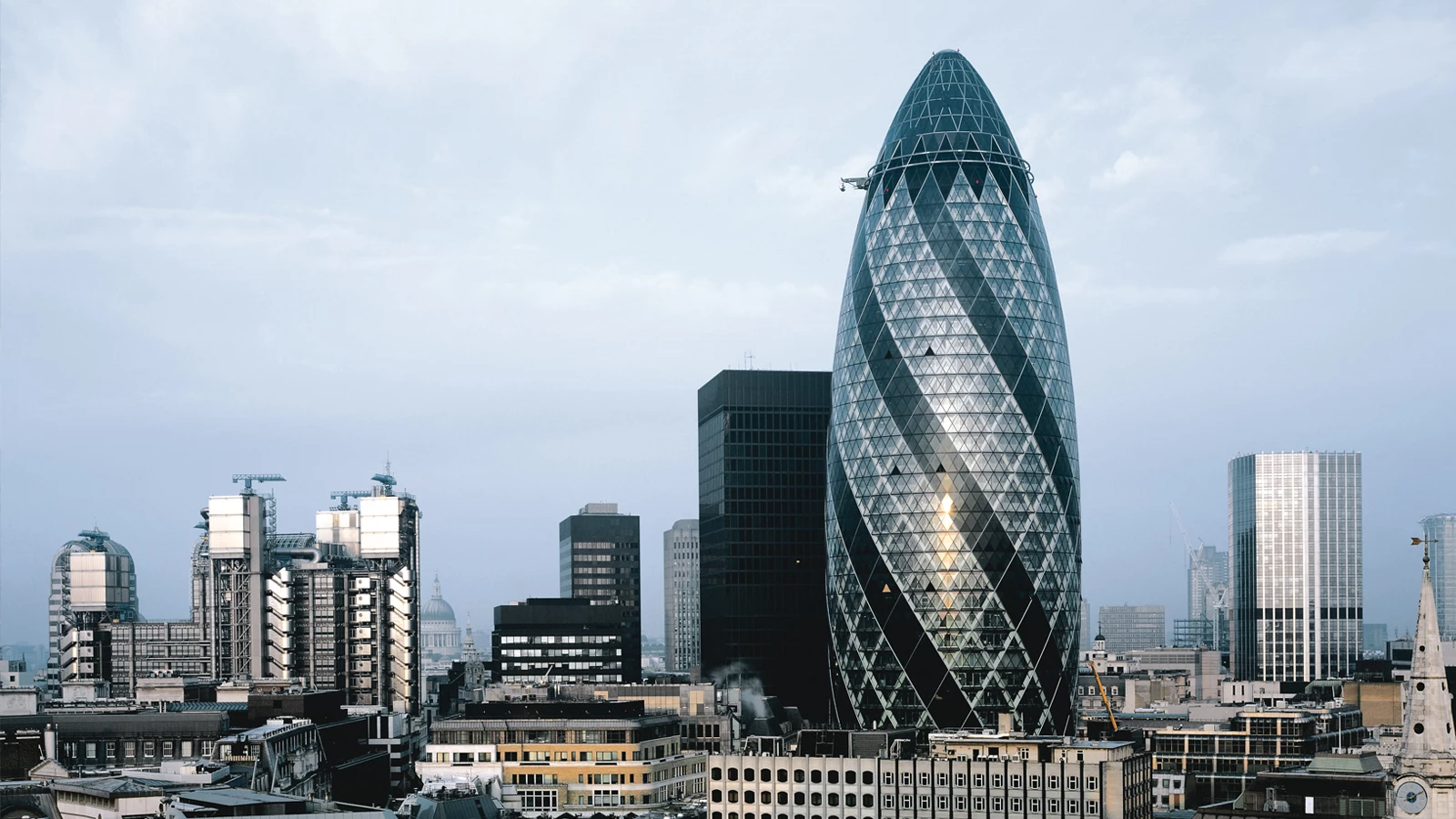
The Swiss Re Building, popularly known as the Gherkin, was designed by Foster + Associates and combines post-modernism, neo-futurism, and high-tech architecture.Built in December 2003, it is known for its energy-efficient features, including six shafts that allow for natural ventilation.
3. Reichstag Building

In preparation for exhibitions, the West Berlin Reichstag underwent modernization in the 1960s. Norman Foster redesigned it as a permanent German parliament building between 1995 and 1999. Since April 19, 1999, the Bundestag has met there under a remarkable glass dome created by Gottfried Böhm.
4. Citic Bank Headquarters

In Hangzhou, China, Foster + Partners has started building the 100-meter headquarters of CITIC Bank. Drawing inspiration from traditional Chinese culture, the design is reminiscent of the old ‘dou’ or ‘ding’ vessel, which stands for stability and prosperity. The framework of the tower is diagonally braced, forming a V shape, and spreading floor plates are supported by a diagrid lattice.
5. Millau Viaduct
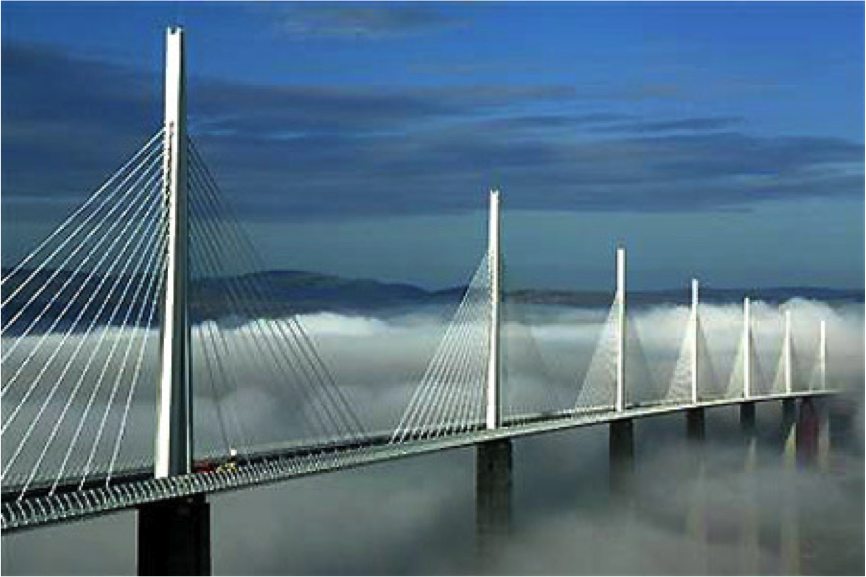
At 336.4 metres, the finished 2004 Millau Viaduct is the highest bridge in the world. Costing €394 million, it spans the Tarn Gorge in Southern France and was designed by Norman Foster under the direction of engineer Michel Virlogeux. It was inaugurated on December 14, 2004, and has won awards for exceptional engineering.
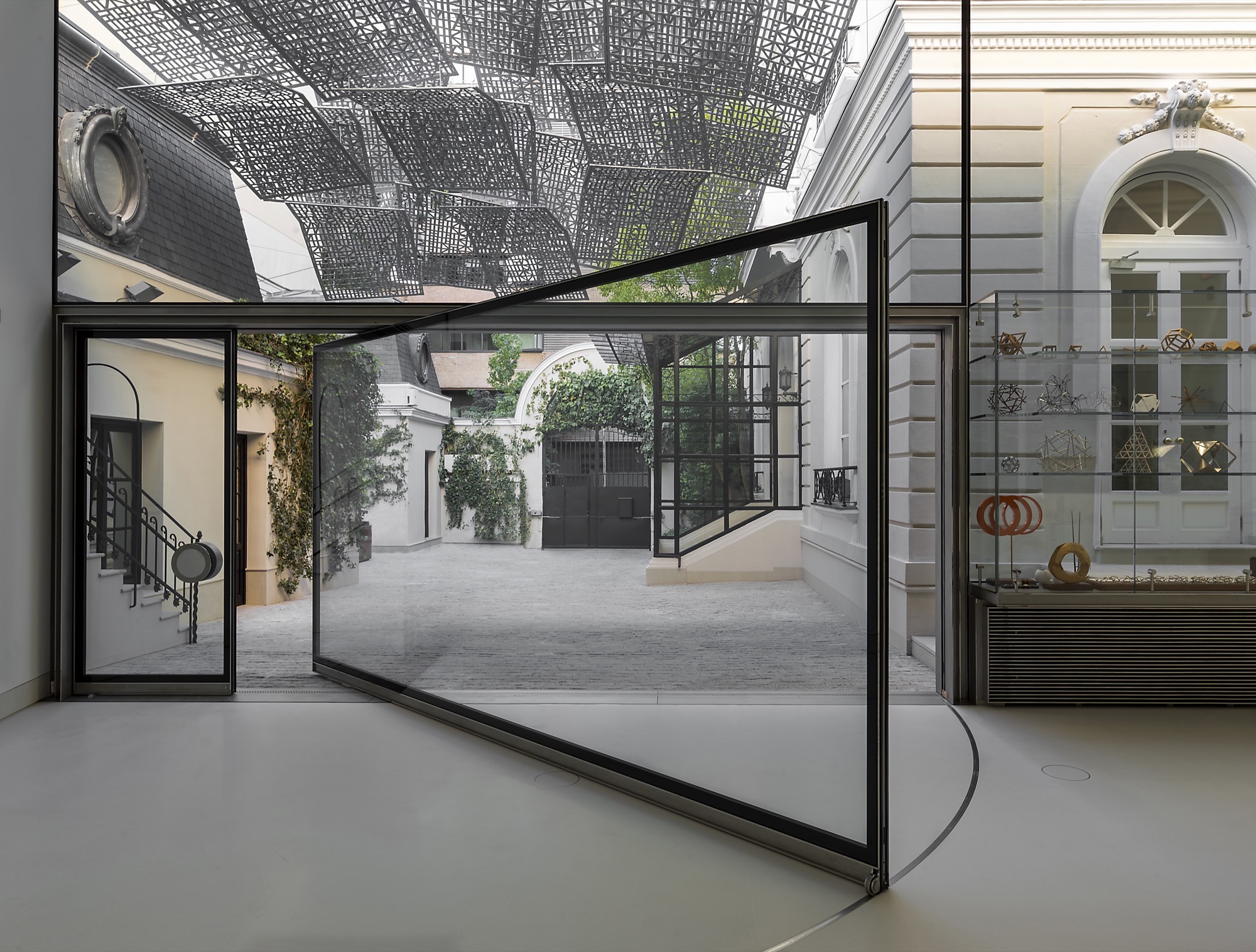
Foster kept influencing architecture in the twenty-first century when he worked with Steve Jobs on the Apple Campus 2 (now known as Apple Park) in Cupertino, California. As a trustee for architectural organisations such as Article 25 and The Architecture Foundation, he demonstrates his dedication to architectural innovation and education.
Foster began assisting with the restoration of Ukraine in May 2022, following the Russian invasion of that country. His vast and varied body of work is indicative of a career characterised by creativity, sustainability, and a dedication to using architectural brilliance to shape a better future.
Read Also:



